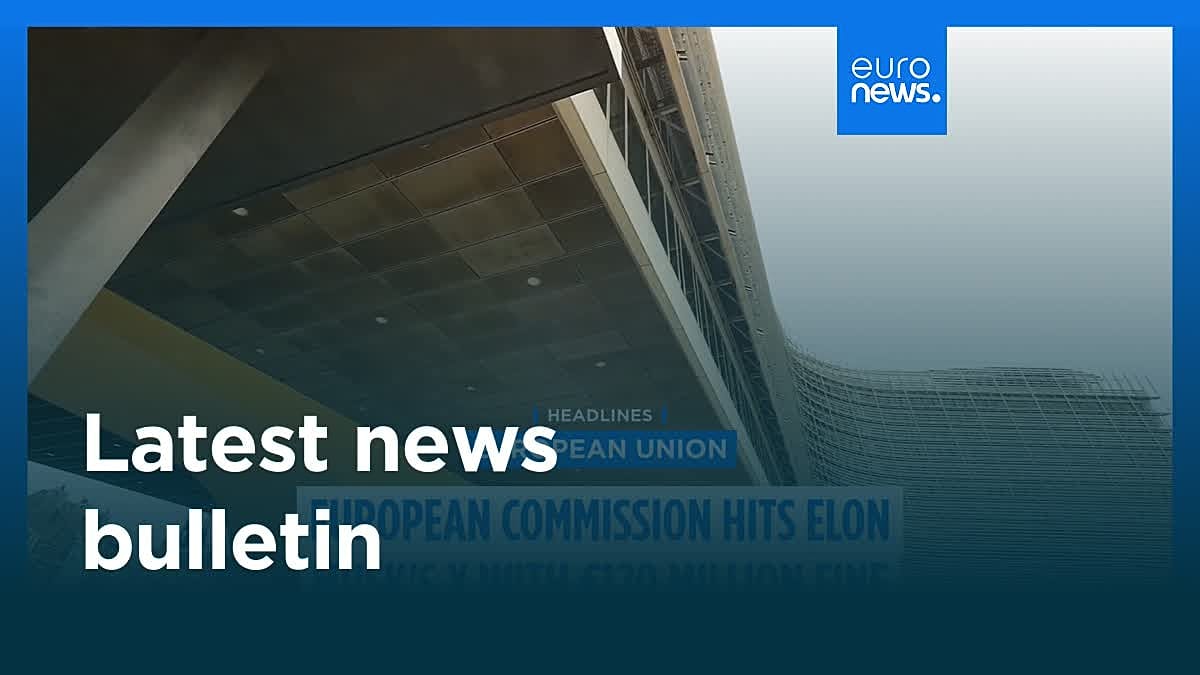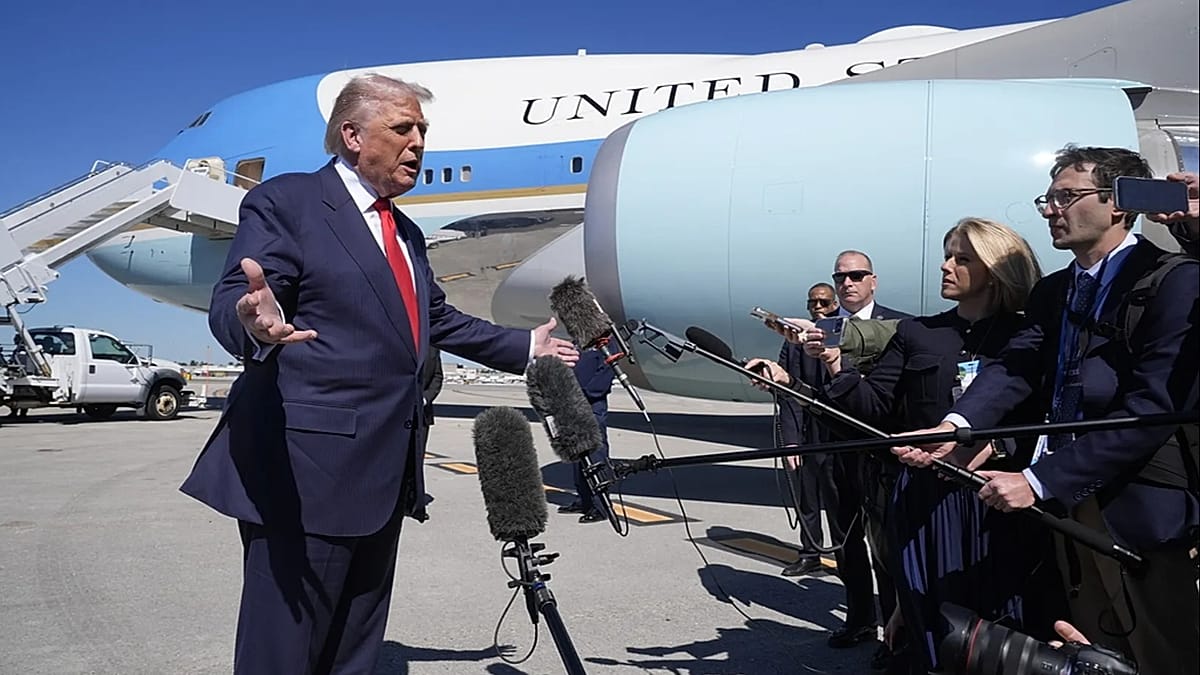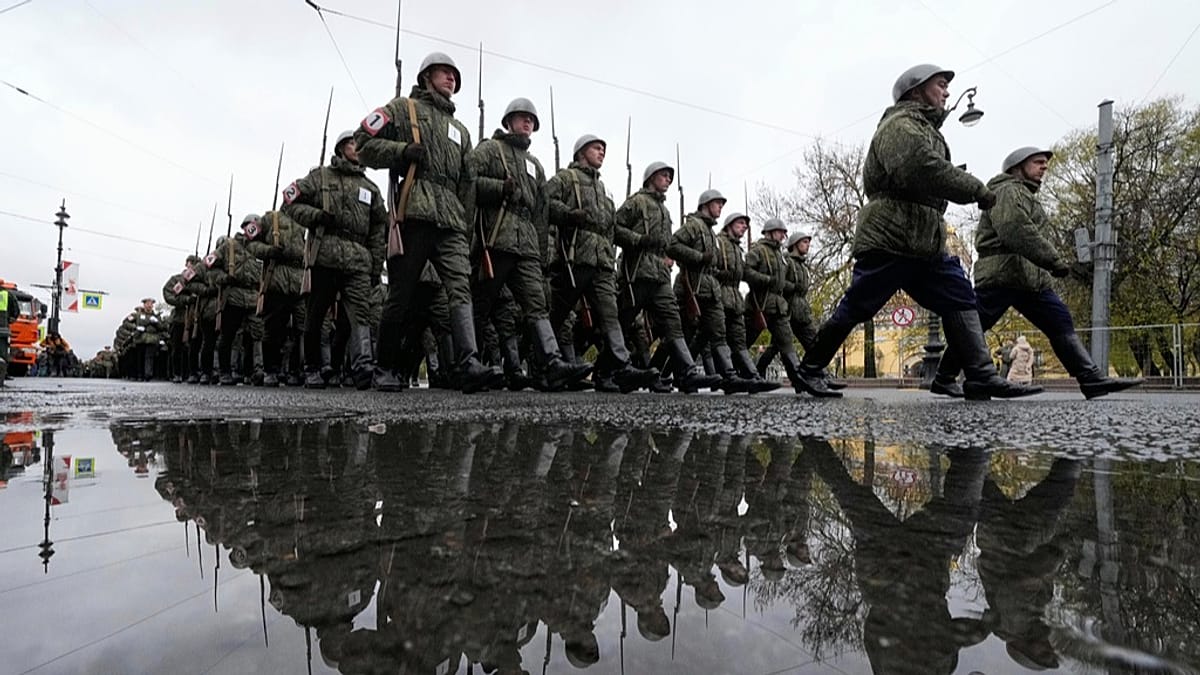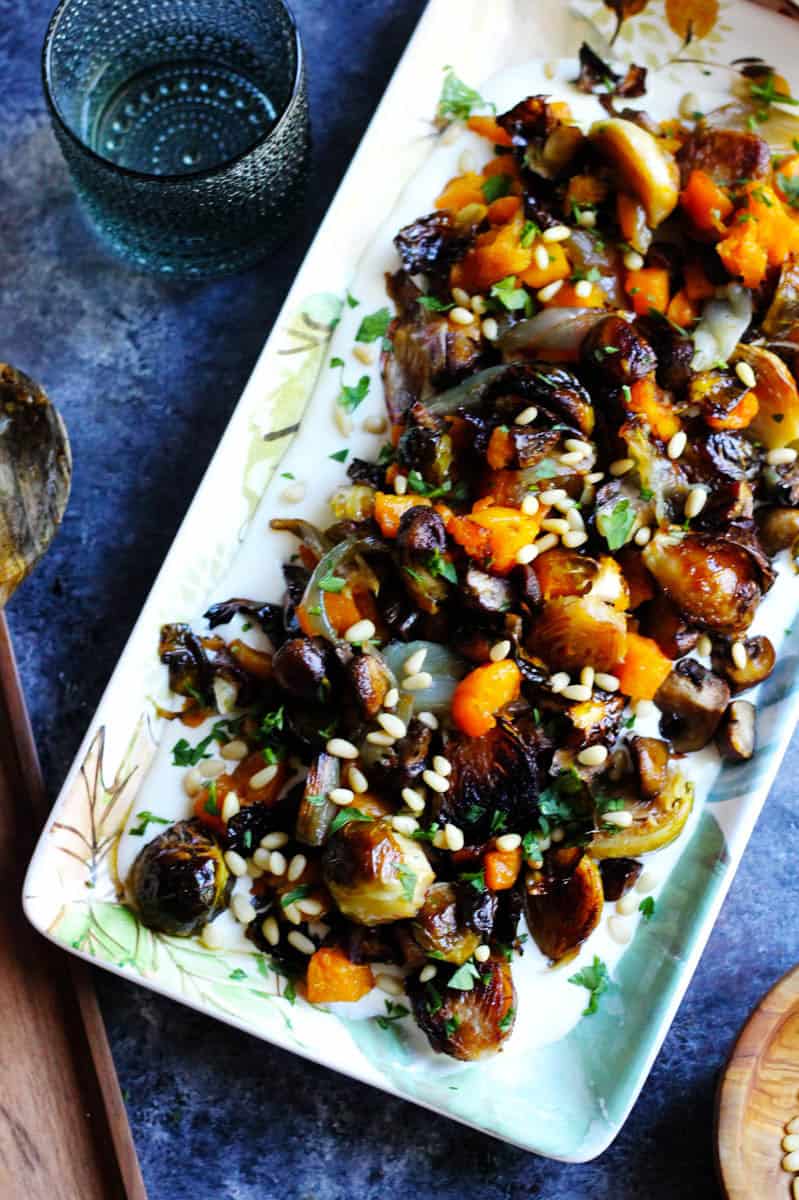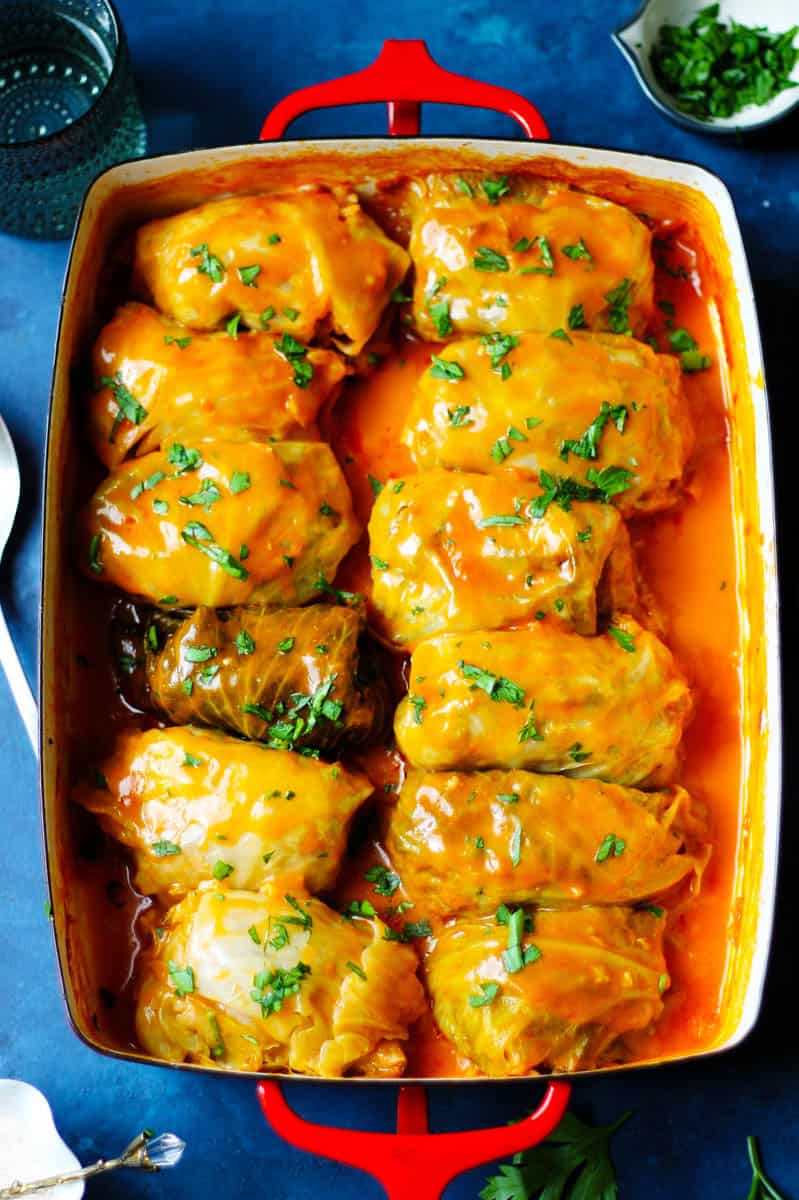How Italy’s Rejection of Chinese Tomato Paste Triggered a Global Supply Shock


China, the world’s largest producer of tomato paste, is facing a mounting commercial headache after exports to Italy — one of its biggest and most strategically important buyers — collapsed this year. The result is what Chinese agricultural analysts have wryly called a “tomato paste mountain”: vast inventories sitting in cold storage, unsold and deteriorating in value, exposing the fragility of global food-supply chains and raising uncomfortable questions about quality, competition and geopolitics.
For years, China dominated the global tomato-paste market through low-cost mass production, supported by industrial-scale farming in Xinjiang and Gansu. Italy, despite being synonymous with tomato-based cuisine, quietly depended on these imports to support its canning industry, blending Chinese concentrate with Italian-grown tomatoes to supply supermarkets across Europe. But that equilibrium has now broken down.
A Collapse in Italian Demand
Italian imports of Chinese tomato paste have plummeted sharply following a combination of consumer backlash, regulatory scrutiny, and shifting industrial economics. Domestic producers have campaigned aggressively against foreign competition, arguing that Chinese concentrate depresses prices and undermines Italy’s prized PDO tomato regions.
Adding to Beijing’s challenge, Italian authorities have intensified inspections, raising concerns about supply-chain transparency, farming practices, and the labour conditions associated with Xinjiang-based producers — a politically sensitive issue in Brussels. Even where shipments technically meet EU standards, importers say the reputational risk has grown too great.
“There’s been a clear change in sentiment,” said an Italian distributor. “Restaurants and consumers are asking tougher questions about provenance, and retailers don’t want controversy on their shelves.”
At the same time, rising global freight costs have eroded one of China’s structural advantages: cheap delivery into Europe. The result is a sudden evaporation of what was once a reliable export channel worth hundreds of millions of dollars annually.
China’s Storage Crisis
The immediate consequence is a supply glut. Chinese processors, having already scaled up production after years of strong demand, now find themselves with warehouses full of unsold paste. Analysts in Beijing describe overflowing storage facilities and intense pressure to offload stock at fire-sale prices to Africa, the Middle East or South America.
But these markets cannot absorb the volume vacated by Italy. Much of the current surplus is “industrial-grade concentrate” — suitable for bulk canning and food-service industries — which narrows the list of potential buyers and places downward pressure on global prices.
For China’s agricultural economy, this poses a risk far beyond tomatoes. The tomato-paste sector has been used as a model for scaling other processed-food exports; a severe correction here could ripple into broader rural income stability and regional investment plans.
A Shift in Europe’s Food Politics
The crash in Italian imports is also part of a wider recalibration in Europe. The EU is tightening scrutiny of agricultural supply chains, favouring regional sourcing and identity-protected food products. Southern-European tomato processors, long frustrated by China’s dominance, have seized the moment to rebuild domestic market share.
Brussels’ new deforestation-free supply-chain rules and its focus on carbon accounting further complicate life for Chinese exporters. “This is no longer just about price,” said a senior EU agriculture official. “It’s about standards, transparency and political risk.”
Italy’s shift away from Chinese imports has emboldened other European buyers to reconsider their sourcing strategies. Spain and Portugal — both major producers — are lobbying for tougher EU-wide labelling and origin-disclosure rules, which could push Chinese concentrate further to the periphery of the European market.
Global Commodity Squeeze
For China, the crisis is not merely economic but strategic. Tomato paste is one of the world’s most widely traded processed foods, embedded in global supply chains from ready meals to fast-food sauces. Being at the centre of that market gives Beijing leverage and diversification outside core commodities like soybeans or wheat.
The “tomato paste mountain” reverses that narrative. Oversupply has weakened China’s pricing power, and foreign buyers — sensing distress — are negotiating aggressively. Some African importers have begun delaying contracts in anticipation of even deeper discounting.
“There is a sense that China will eventually have to unload at cost or below cost,” said a trader in Dubai. “Everyone is waiting.”
Looking Ahead
For now, Beijing’s focus is on stabilising domestic processors and finding alternative export markets. But the structural challenge remains: Europe no longer wants to depend on Chinese tomato concentrate, and China may not easily find a replacement market of comparable size or quality.
The episode illustrates the vulnerabilities inherent in globalised food production — where efficiency and volume can be upended overnight by politics, regulation, and shifting consumer priorities.
As one Italian food-sector executive put it: “For years we thought China needed us. Now it’s clear we needed them more than we realised — until the public mood changed.”
What is certain is that the tomato-paste glut will not be resolved quickly. And for both China and its trading partners, the lesson is the same: in the global food economy, even the most mundane commodity can carry geopolitical weight.
The post How Italy’s Rejection of Chinese Tomato Paste Triggered a Global Supply Shock appeared first on European Business & Finance Magazine.




















